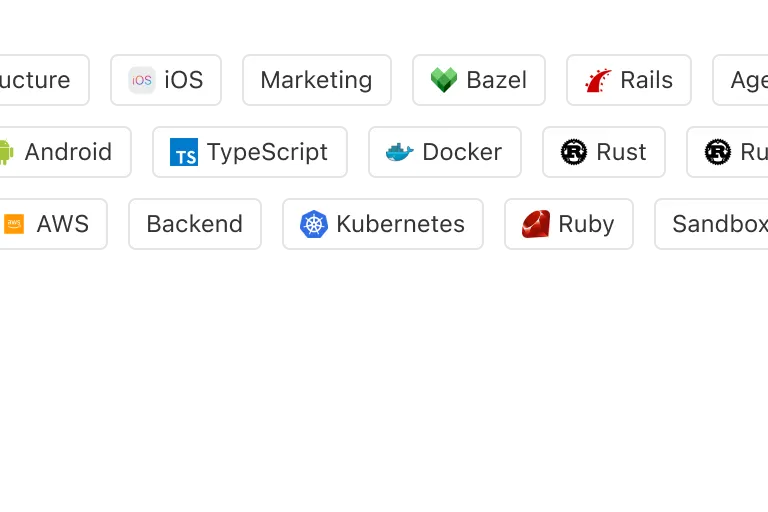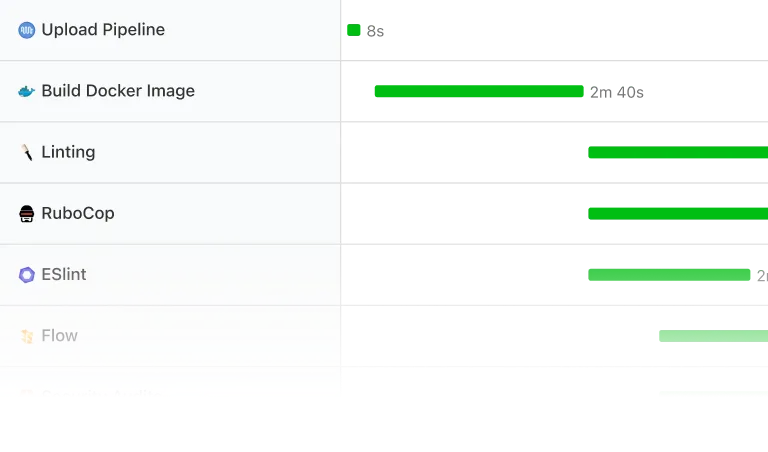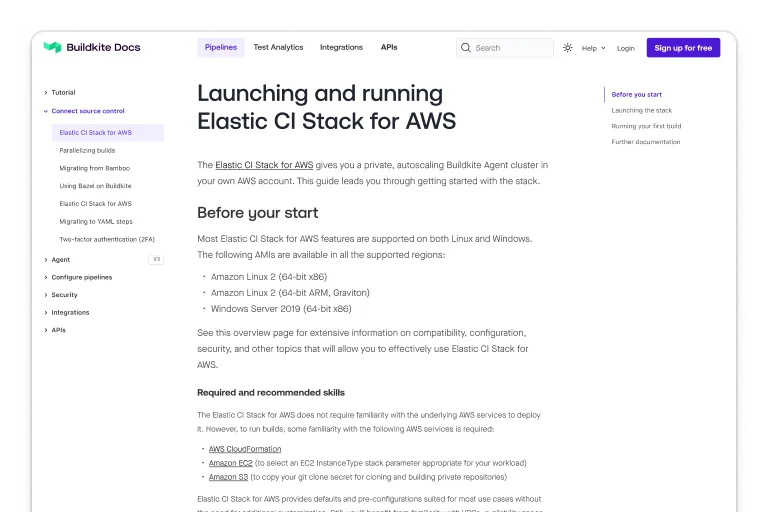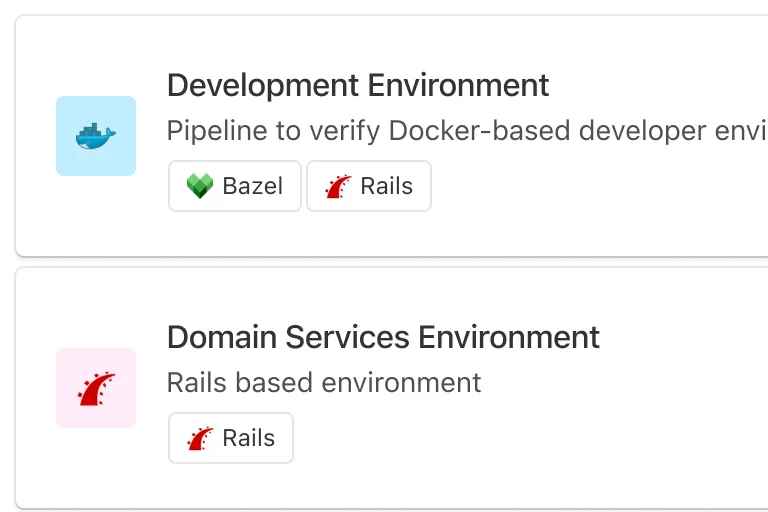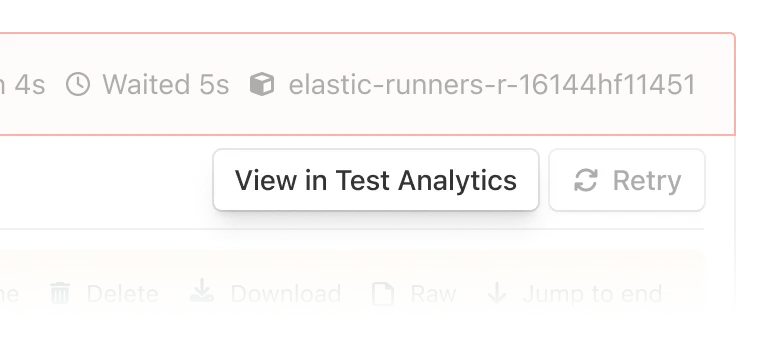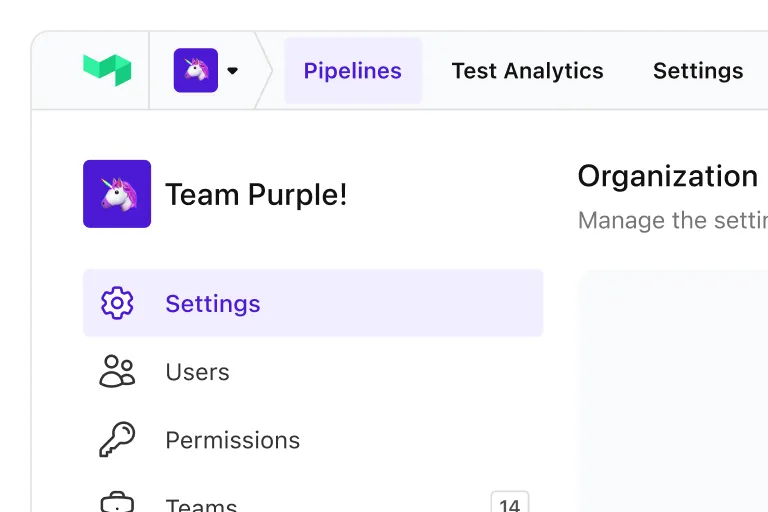March 2023 Release
We’re building enterprise-grade CI/CD for everyone.
With security, flexibility, and control top-of-mind, this release brings together our latest platform updates to uplevel your CI/CD workflows.
$ $ Hi Kubernetes
- Build #1
- main
- Run pipeline
Now shipping
Native Kubernetes support
Run Buildkite agents within Kubernetes clusters.
Understood
Leverage your team’s experience by running your CI on the same compute platform as your production services.
Flexible
Extend your CI system with tools from one of the most popular container orchestration ecosystems.
Idiomatic
Represent your Buildkite pipeline steps as Kubernetes Pods.
Security
Building the most secure CI on the planet
Now with OpenID Connect support and new enterprise-grade security features.
OpenID Connect support
Securely exchange identities with federated systems.
SOC 2 Type II compliant
We’ve achieved SOC 2 Type II compliance!
Export audit logs to EventBridge
Explore organization change events in your existing AWS monitoring suite.
Session IP address pinning
Prompt your users to re-authorize when their origin changes.
SSO session duration
Specify the interval by which users must re-authenticate with SSO.
API IP/CIDR allowlist
Restrict API access to IP addresses and CIDR block ranges you trust.
Dedicated security contacts
Nominate a contact at your organization to receive critical security updates.
API access token description on logs
API access token descriptions are now displayed on API access audit logs.
Build and test
Your build and test processes, elevated
Track your flaky tests and organize your agents with Clusters.
Flaky Test Tracker
See at-a-glance which tests are least reliable in the Test Analytics UI and via a new REST API endpoint.
Increased Build Matrix support
Use Build Matrices within plugins and agent query rules.
Signal in automatic retry rules
Set up rules which automatically retry jobs based on their exit signal.
Agent v3.45.0 release
OIDC tokens, Kubernetes experimental support, Environment API, and much more.
Clusters
Organize and categorize your agents based upon workload.
Usage breakdown
Understand your billable platform usage by pipelines and test suites.
Agent and ecosystem
Customizing your Buildkite workflows, made simpler
Extend your Buildkite experience with the agent environment API and new plugins.
Agent Environment API
Set job environment variables from any language in plugins and hooks.
Hashicorp Vault plugin
Expose pipeline secrets stored in Hashicorp Vault to use directly in pipeline steps.
Cache plugin
Cache ephemeral files between builds in different backends including Amazon S3.
GitLab plugin
Display Buildkite build status updates in your GitLab dashboard.
Buildkite platform
Our UI, uplifted
Functional updates to improve your workflows
Pipeline tags
Organize and categorize Pipelines with tags.
Waterfall build view
Identify bottlenecks in builds by visualizing the timeline of each build step.
Documentation redesign
A redesign focused on readability, with improved IA and visual design.
Build usability improvements
A refined design surfaces the most important context when reviewing builds.
View in Test Analytics
View insights about failed tests by going directly from jobs to Test Analytics.
Design uplift
Foundational UI and UX improvements throughout the platform.
And so much more
We’re constantly improving our product by shipping enhancements, fixes, and features. Take a look at what we’ve shipped so far this year.

